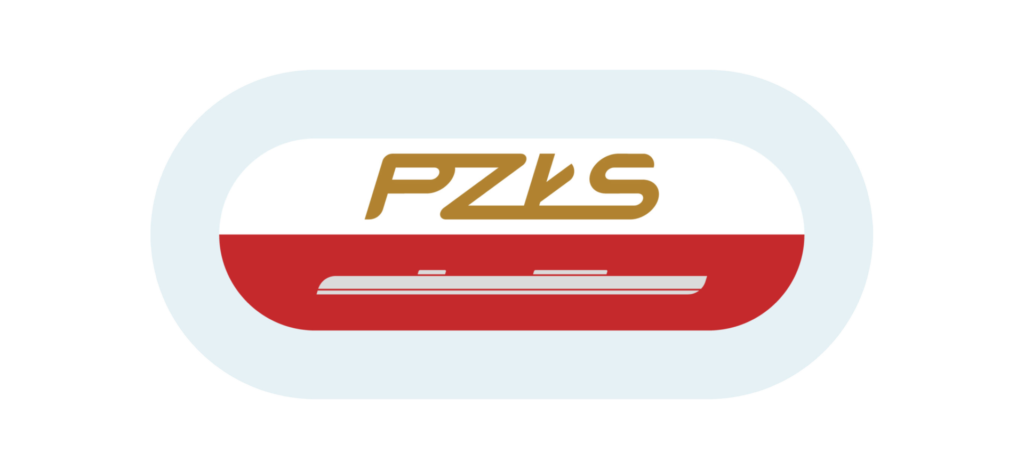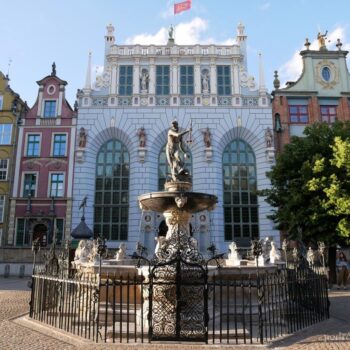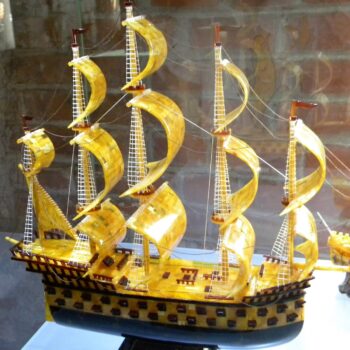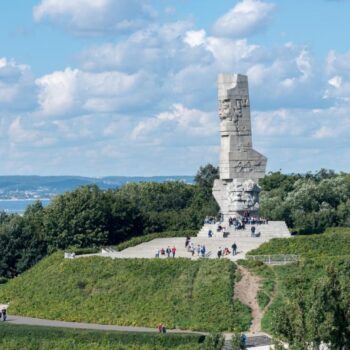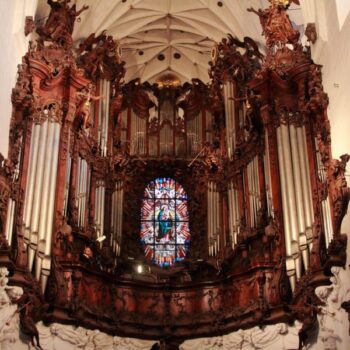History:
The first written mentions of Gdańsk refer to the visit of Bishop Adalbert to these lands in the year 997 and this date is commonly considered to be the beginnings of Gdańsk, although a fishing settlement could exist in this place as early as the 6th century. Taking advantage of its location by the Baltic Sea at the mouth of the Vistula River, Gdańsk developed rapidly as an important trade center. It was granted city rights in 1263 and for the following centuries it remained the leading trade center in the region. Over the years, as a result of conflicts between present-day Poland and Germany, Gdańsk changed hands many times. In its history, it was under the control of, among others The Kingdom of Poland, the Teutonic Order, the Polish-Lithuanian Commonwealth, the Kingdom of Prussia, the German Empire and the Weimar Republic.
After the Second World War, Gdańsk was incorporated into Poland again. In communist Poland in the 1980s, Gdańsk became the center of freedom movements. It was here that in August 1980 protests of workers from the Gdańsk Shipyard took place, which led to the creation of the first independent trade’s union – Solidarność (Solidarity). Solidarność, led by Lech Wałęsa, continued to fight the government, which ultimately led to the overthrow of communism in Poland in 1989.
Modern Gdańsk:
Currently, Gdańsk is the main part of the Tri-City, which it co-creates with the neighboring cities: Gdynia and Sopot. It has an airport, a well-developed urban rail network, a football stadium, two large entertainment and sports halls and many other facilities that characterize a modern European metropolis. At the same time, many urban areas have retained their historical character. Gdańsk, as throughout its history, remains a tolerant city open to diversity.
Tourist attractions:
Gdańsk is one of the most visited and the highest rated by tourists Polish cities. Thanks to its rich history, it can offer many different attractions. Among some of the most interesting and famous places worth visiting are:
